Croatian Souvenirs: 10 Things That Fit in Your Suitcase
31 March 2020 - After wandering the cobblestone streets and soaking up the Mediterranean sun, maybe you’re thinking of picking up something to remember your time here, or to share a part of your travels with loved ones back home. Here are some unique Croatian souvenirs you won’t find anywhere else. And better yet, most of them fit into your carry-on! All the better for those last-minute shopping trips before hopping on your flight home.
Lavender products
Did you know that lavender originated from the Mediterranean before growing in popularity around the world? 50 years ago, Croatian farmers were producing up to 10% of the world’s lavender flowers, before a series of wildfires decimated the industry.

Visit some of the most gorgeous lavender fields on Hvar, an island in the South of Croatia. (Image: Pexels)
Today, Croatian lavender production is making a comeback. Harvested in the Fall, its calming herbal essence is infused in a variety of products like soaps, lotions, and oils. Pick up a bottle of lavender oil, where just a couple drops in an infuser or laundry, goes a long way.
Istrian truffles
The dark, dense forests in the hinterlands of Istria provide the perfect breeding ground for Croatian truffles. So much so that in 1999, Giancarlo Zigante, a local truffle hunter found the largest truffle in the world at the time, weighing 2.86 pounds (1.29 kgs). He later had the “millennium” truffle cast in bronze before selling it at a whopping USD$330,000 at an auction.

Prices of whole Istrian truffles can start at €50 for the more common autumn truffle and €200 for the rare white truffle. (Image: Pexels)
If you can, purchasing a whole truffle allows you to savor its intense, earthy aroma, when freshly shaved over dishes like pasta or eggs. You can also find truffle infused oils, cheeses, chips and even chocolate (it’s tasty!), guaranteed to please any foodie.
Olive oil
Unlike other countries in the Mediterranean such as Italy and Greece, Croatian olive oil can be difficult to find as export levels have yet to reach their counterparts. While Istria produces the largest proportion of Croatian olive oil (10%), other varieties of olives are also grown on the Dalmatian coast which produces different types of oil. So grab a bottle of these award-winning oils on your next visit here.
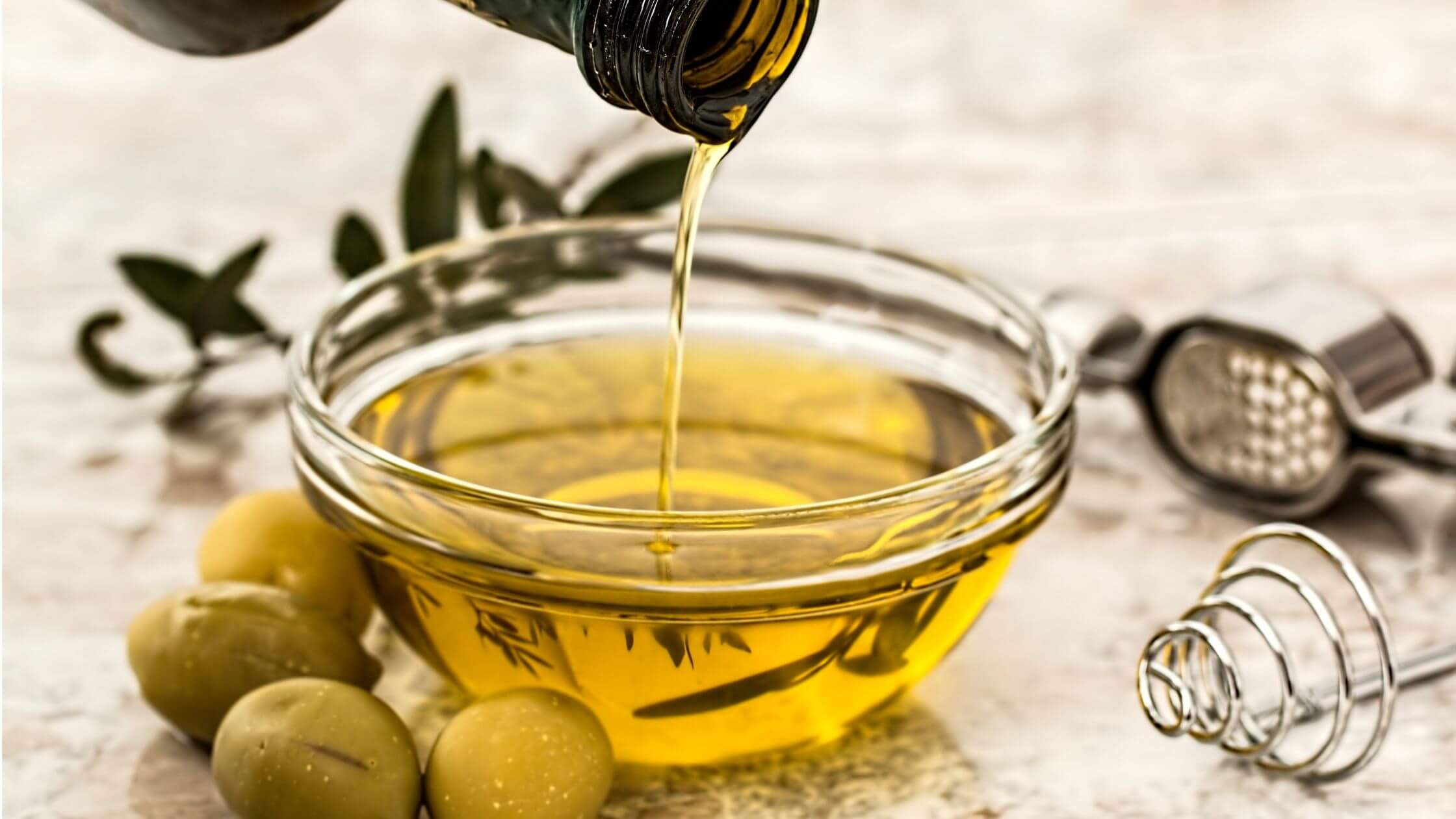
Olive oil from Istria was considered the "gold standard" of oils during Roman times. (Image: Pexels)
Wine
Like olive oil, Croatian wine can be quite difficult to find outside the country. Thankfully, this trend is slowly changing with small, independent producers competing in the global wine market, and gaining recognition for its outstanding quality.
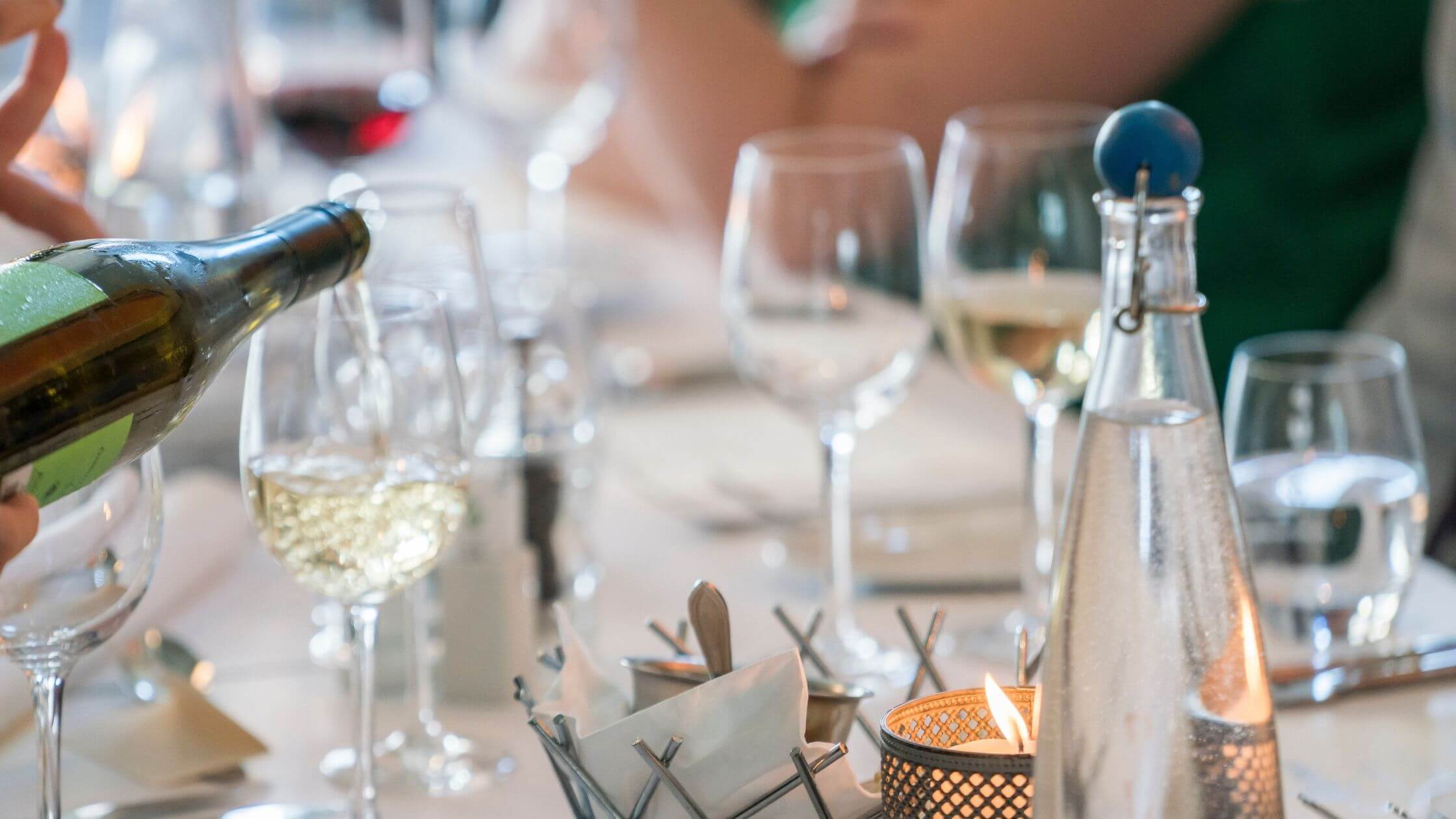
Try ordering "table wine" or "stolno vino" at Croatian restaurants, you'd be surprised how delightful they are. (Image: Pexels)
Croatian wine producers are equally adept at producing rich, fruity white wines such as Graševina, Pošip, and Malvazija, and luscious reds like Teran, Plavac Mali, and Zinfandel. Regardless of your preference, buy a bottle or two for your next dinner party back home.
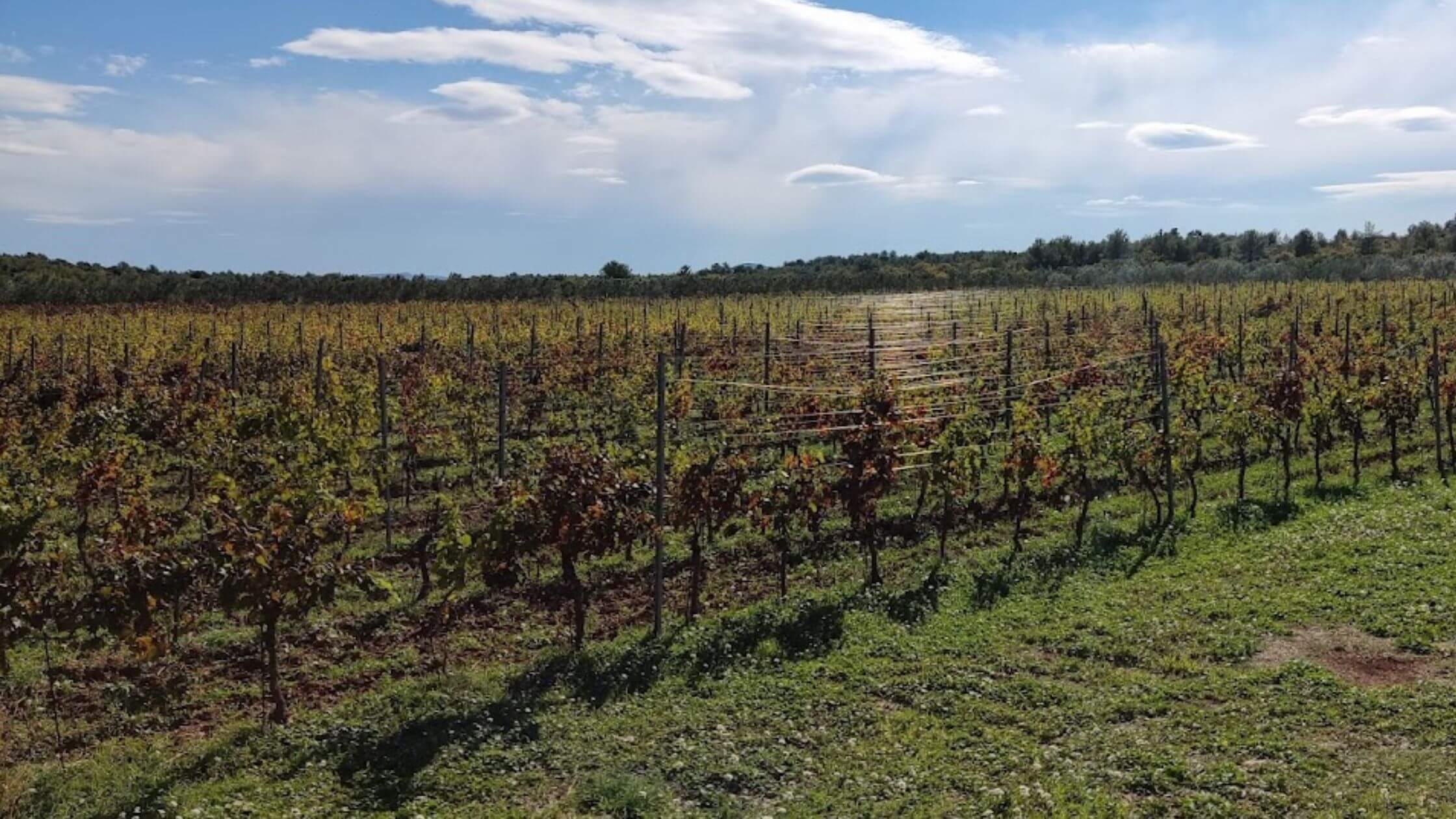
(Croatian vineyard along the Dalmatian coast. Image: Author's own)
Preserved fruit
Whether it’s at the store or the local market, you’ll always be able to find preserved fruit either whole or in jams, on sale throughout the year in Croatia. Popular local jam flavors include fig (a personal favorite), plum, cherry, and tangerine.

Homemade jam at a farmer's market. (Image: Pexels)
Alternatively, dried fruit and fruit peels also make delicious gifts. In the South of Croatia, you can often find packets of candied orange (arancini) and lemon (limuncini) peels, alongside dried fruits such as figs and apricots. Ideal as a snack on its own or added to baked goods.
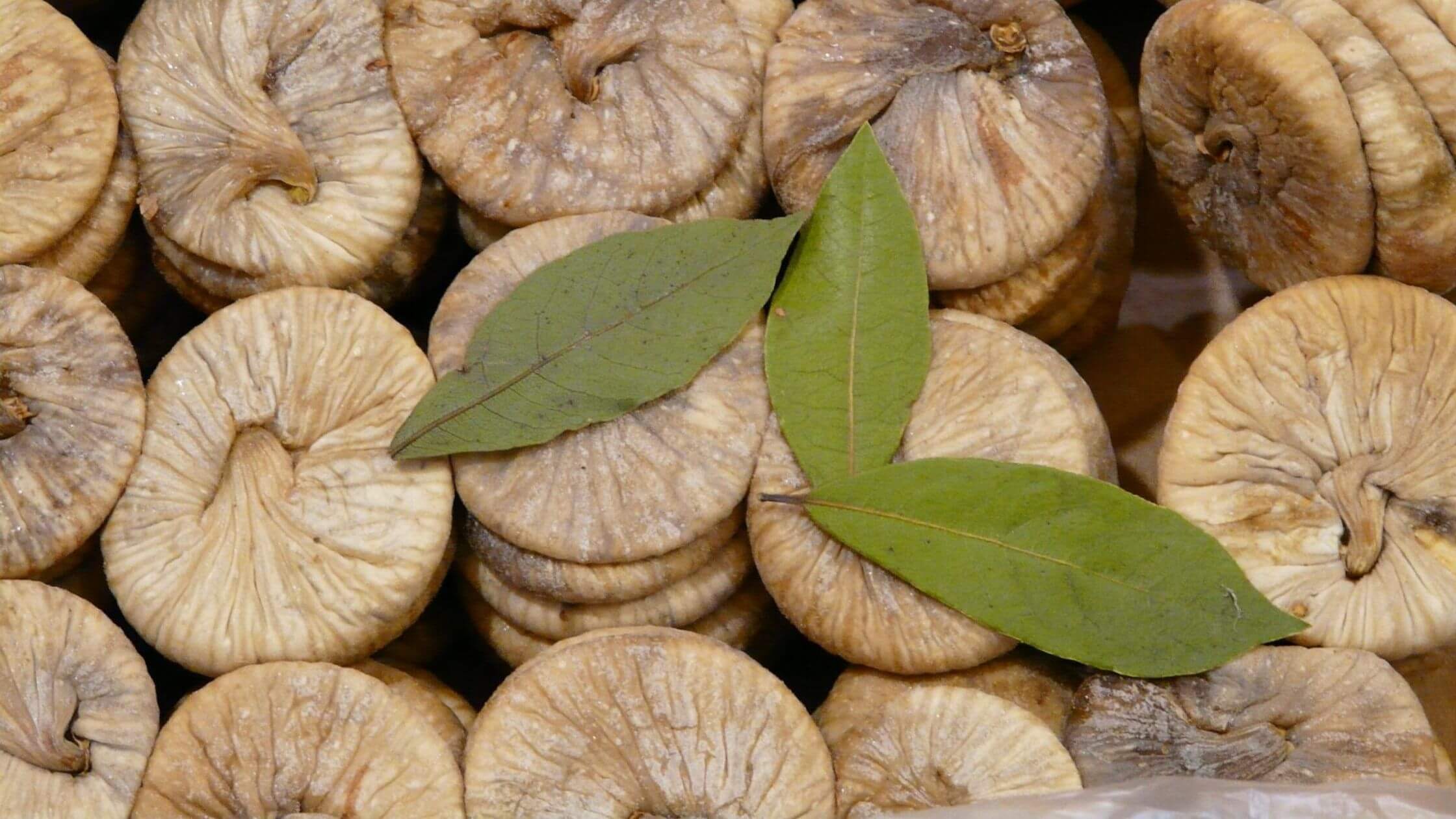
Dried figs are the perfect snack. (Image: Pexels)
Cravat
Once known as the Croat, the Cravat is the precursor to the modern-day tie and in fact, originates from these very shores. Historically, it was worn by Croatian soldiers to identify themselves due to the lack of military uniforms during the Thirty Years’ War (1618-1648). Its proliferation beyond the battlefield occurred when French soldiers took a liking to the rudimentary neckties worn by a regiment of Croatian troops stationed in France.

October 18 is Cravat Day, with the red cravat being the most traditional color. (Image: Pexels)
It wasn’t long before the trend spread throughout Europe and even took hold in America where the style is known as the ‘Ascot’.
Croatian lace products
Lacemaking has been a Croatian tradition dating back to the Renaissance (14th - 17th century). Since 2009, Croatian lace craft has been recognized as a UNESCO Intangible Cultural Heritage.
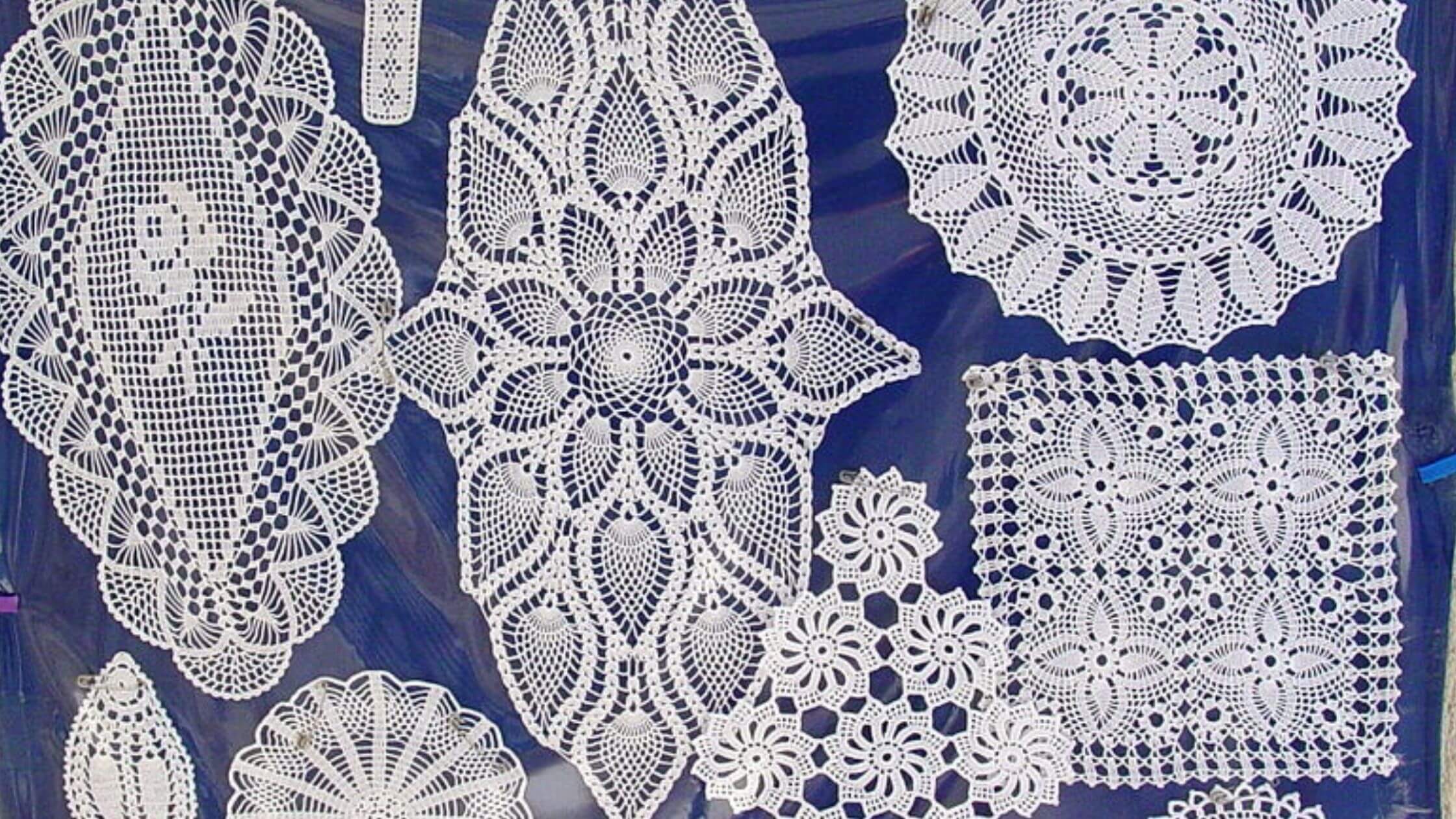
Delicate Pag lace doilies. (Image: Adam Jones adamjones.freeservers.com)
Three distinct traditions of lacemaking are still alive today, in the towns of Pag, Lepoglava, and Hvar, each with its own unique patterns and production methods. To purchase some of these keepsakes, lookout for gift stores or specialty shops selling lace tea cloths, place mats, or ornaments.
Rakija
Rakija is a fruit brandy considered the national drink of Slavic people across Croatia, Bosnia and Herzegovina, Bulgaria, Montenegro, Macedonia, and Serbia. Rakija has an alcohol content between 40-50% but can go up to 60% with a double distilling method that produces Prepečenica.
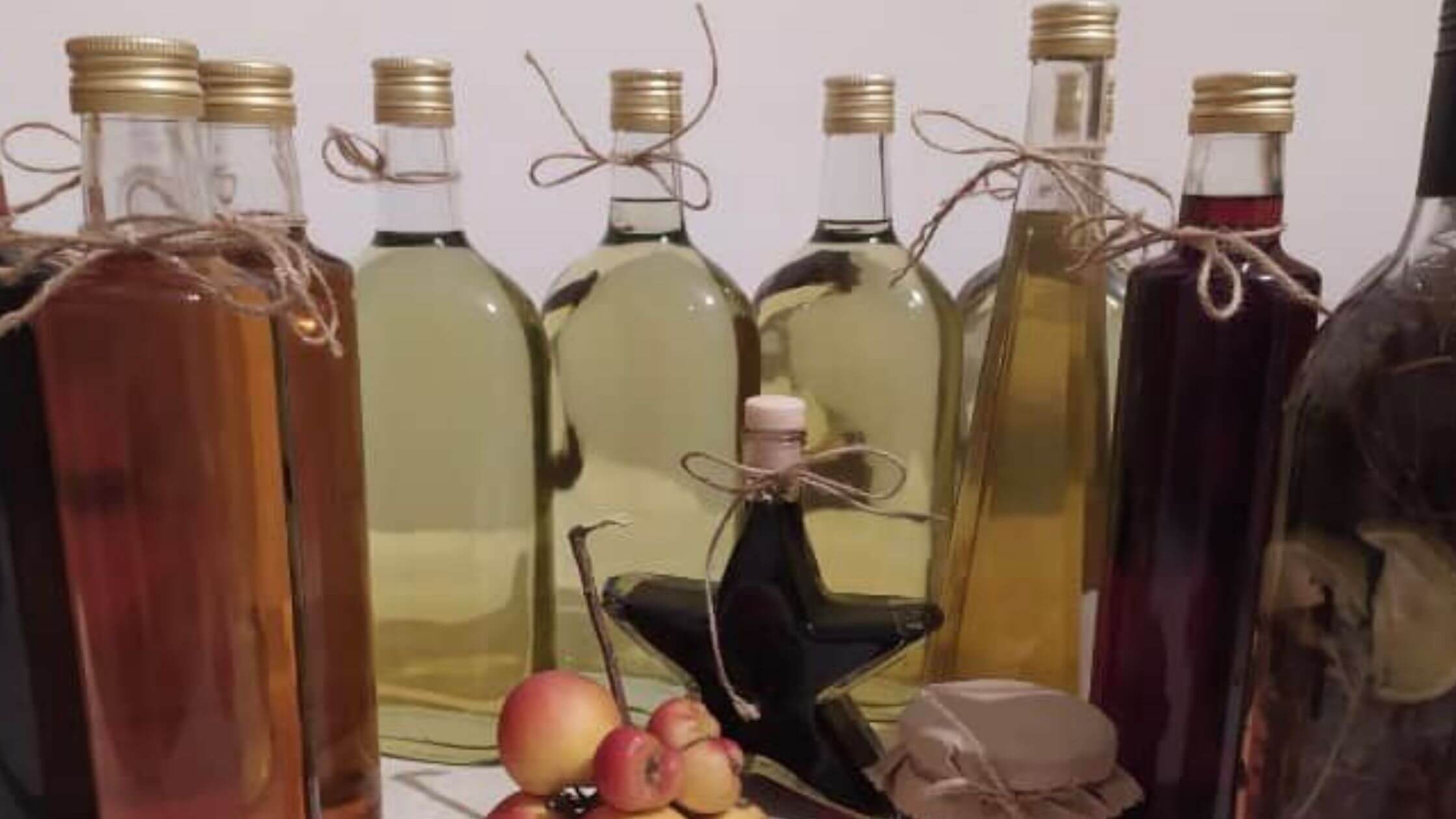
Different types of rakija distilled from different fruits. (Image: OPG Jukica/Facebook screenshot)
The most popular flavor in Croatia is plum, but rakija is also distilled from apricot, grapes, apples, pears, and quince. You can also find rakija infused with various herbs and spices such as juniper and carob for added complexity.
Gingerbread
Another Croatian craft on UNESCO’s Intangible Cultural Heritage List is gingerbread making. Gingerbread craft ship is common in the Northern areas of Croatia and remains a part of local festivities, events, and gatherings. Each craftsperson has their own unique way of decorating gingerbread, often icing each piece with names, verses, messages, or pictures.
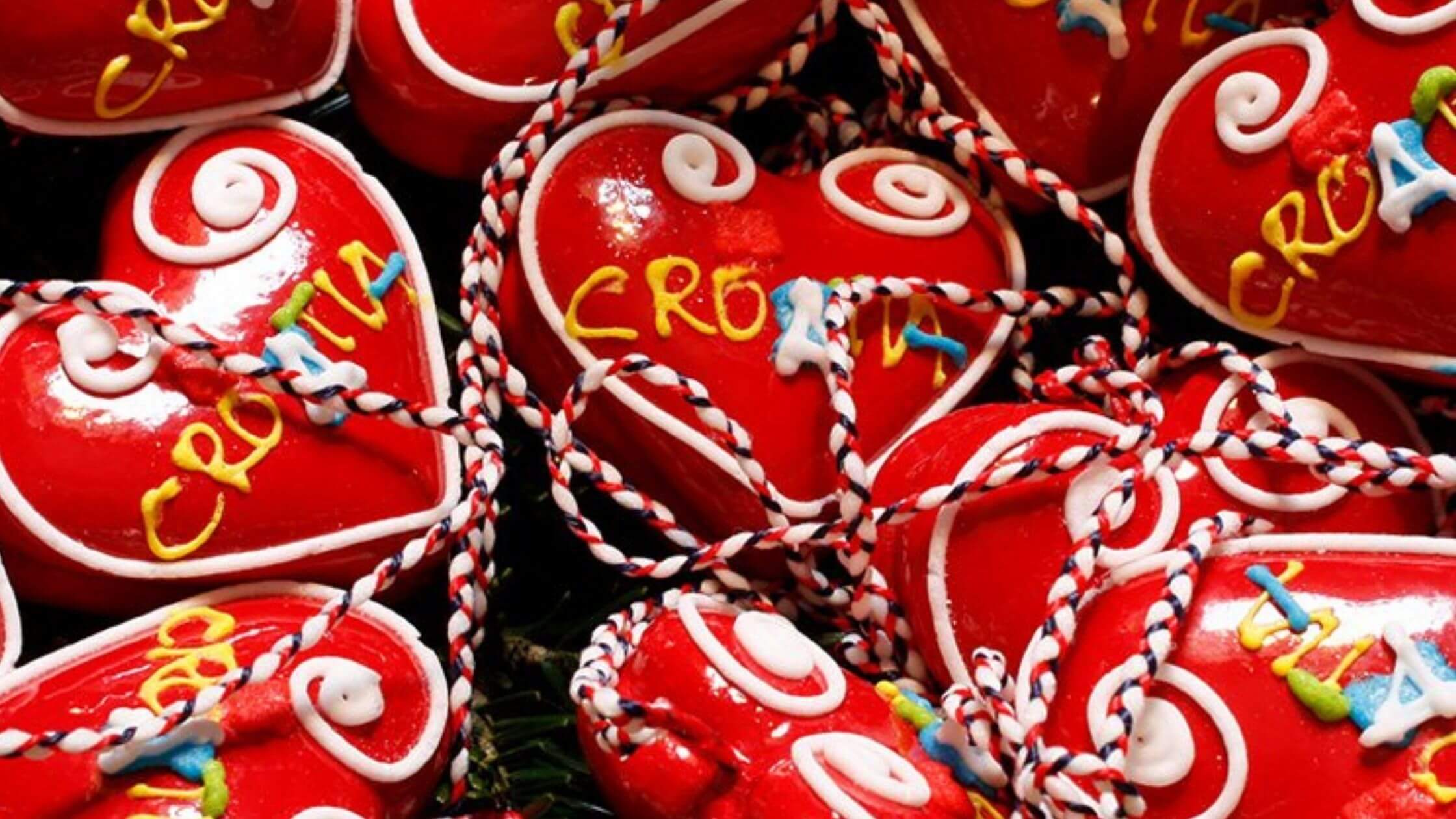
Lucitar hearts ornaments in Zagreb. (Image: Croatia Full of Life/Twitter screenshot)
In Zagreb, the gingerbread heart (Licitar heart) is the most common motif. You can find stores that offer personalization services, making them ideal Croatian souvenirs or gifts for loved ones.
Salt
Salt pans in the towns of Ston, Pag, and Nin have been in use as far back as Roman times, producing some of the finest sea salt in the world thanks to their ideal geographical positioning. Salt is produced from April to October, with each production cycle lasting 1-2 months. Ston Saltworks, the oldest salt production facility in Europe, can produce 500 tons of salt annually from just 9 crystallization pools.
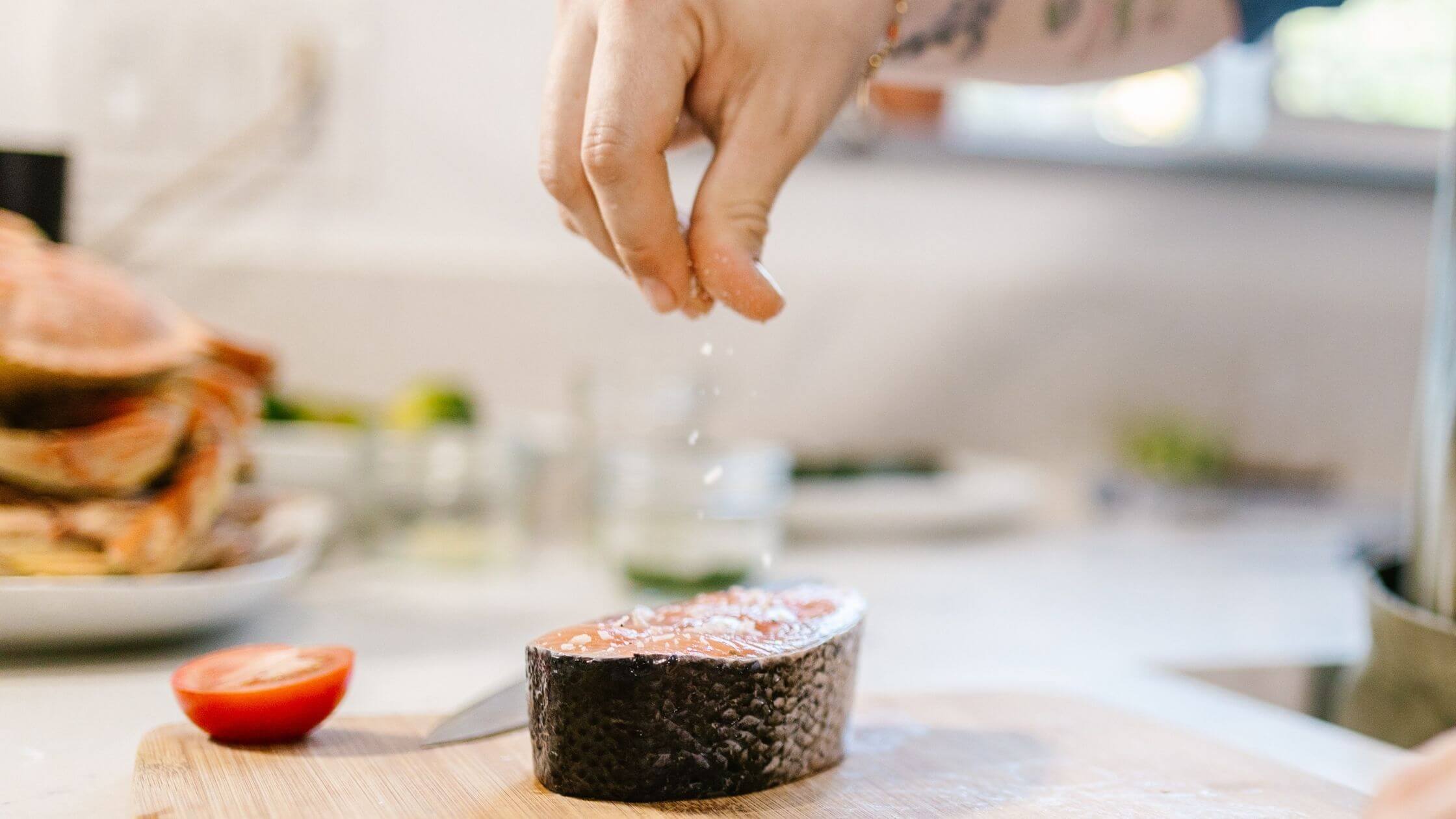
Crunchy flakes of Croatian salt make a great addition to any kitchen. (Image: Pexels)
Considering its affordability and prevalence of salt in everyday meals, consider picking up a bag of local salt the next time you pass through.
For more, check out our lifestyle section.
Lucky Donkey Sh*t a Hit Croatian Souvenir
July 26, 2019 - What can Croatia offer tourists wanting to take home a unique Croatian souvenir from their travels? While we’re more than familiar with red-and-white checkered clothing items from shirts to caps, delicate bags of fresh lavender, wine and olive oil or your cheap (and probably misspelled) fridge magnets or beach towels from China, the owner of an OPG from Telašćica has come up with perhaps the most original souvenir of them all - donkey sh*t.
“It’s donkey sh*t and as a souvenir it is great. We called it 'Lucky Donkey Shit', which means it’s lucky sh*t, so Croatian and foreign tourists are happy to buy it,” said Sebastijan Jagić for Zadarski.hr, whose father Goran, known as Cape, sells the donkey waste among a plethora of souvenirs in Telašćica on the island of Dugi Otok.
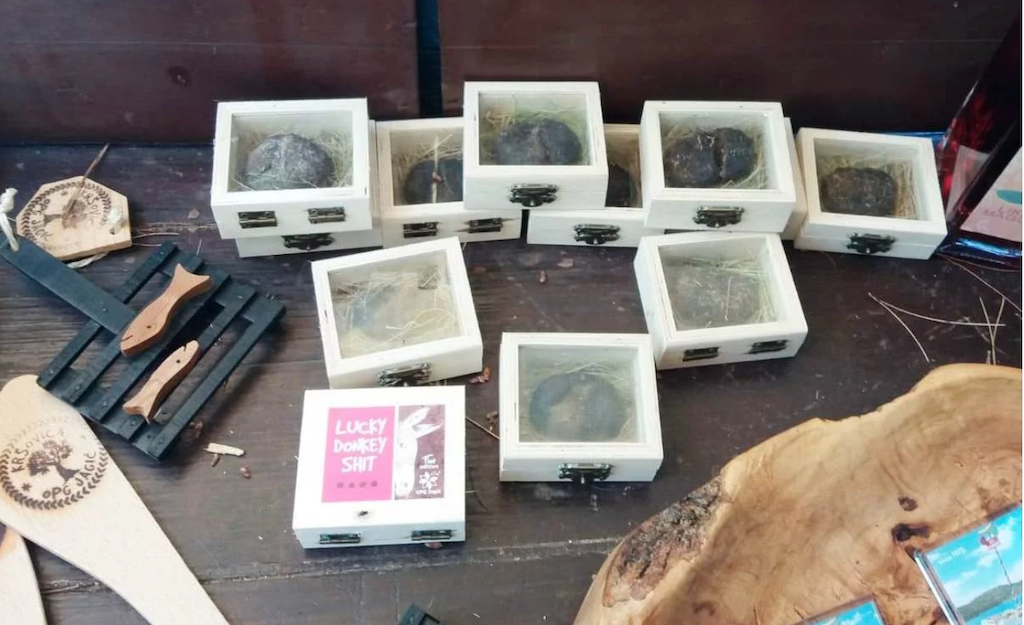
Zadarski.hr reader
“It's not so easy for us, there's a lot of work around this ‘lucky sh*t’. Namely, when our donkeys defecate, they make a big pile - but only one deuce is different than the rest, and we have to find it in that pile. Fortunately, it is relatively easy to recognize because it is full of grass and is quite different in its composition. When we pull it out, we put it in a box and sell it,” explains Sebastijan.
The price of this ‘lucky sh*t” is 40 kuna.
“People do not even ask for the price. It is important for them that ‘Lucky Donkey Shit’ brings them luck and our sh*t travels all over Europe,” says Sebastijan.
And you might be wondering if there is a foul odor or smell?
“As I explained, it comes from a special part of the waste that is mostly grass. So it does not have any smell. You can freely open the box where we sell it and see for yourself,” explained Sebastijan.
The Mayor of the Municipality of Sali, Zoran Morović, welcomes this unique initiative.
"I know it is sold in Telašćica, and the idea came from that family. I see nothing bad about it, especially in the flood of all kinds of souvenirs. This is at least original, and if it weren’t liked, so many people would not have bought it,” said Morović.
To read more about lifestyle in Croatia, follow TCN’s dedicated page.
Spalatum Expo: Find Unique Souvenirs for Your Guests on the Riva!
The fair is open through Sunday from 9 am to 9 pm.
Souvenirs of Croatia: Original Products of Cres Island
Presenting original island products from Cres.
Bite Art - an Artsy Treat
Designer Ana Šerić's works let you bite into gourmet pieces of Croatian art.


